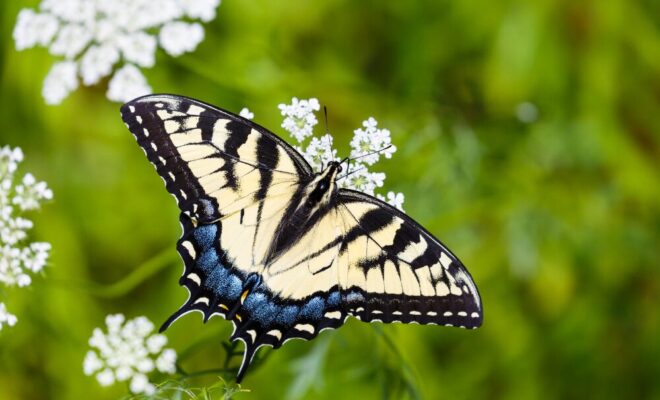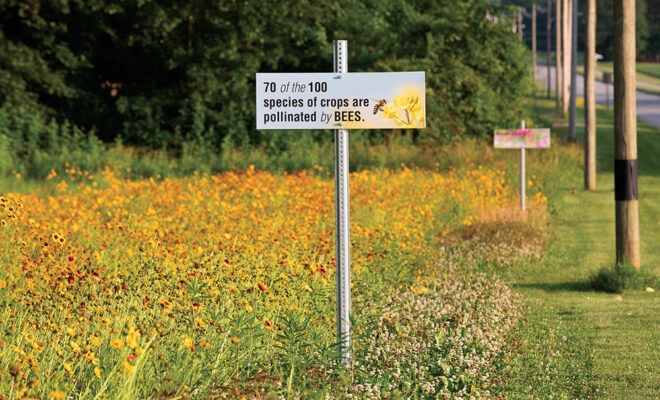
Let me tell you about the birds and the bees – both literally and euphemistically. For a flower to reproduce, pollen must move from the male reproductive structure (anther) to the female reproductive structure (stigma). Many plants need help with this and have developed flowers to attract one or more of seven specific helpers.
In the search for nectar (a food source), pollinators wriggle into flowers. Pollen collects on their bodies and gets spread to the next flower visited. Plants evolved color, scent and shape throughout the ages to attract specific species in their bid to survive.
Bees go for brightly colored flowers, especially yellow and blue, with delicate sweet scents. About 20,000 kinds of bees pollinate more plants than any other species. If you garden, you depend on bees, and so do farmers. So please think twice about using nonselective insecticides. These insecticides are usually used to kill weeds, and can have negative effects on plants and desirable insects.
Moths fly at night looking for light-colored flowers with strong sweet fragrances. Moths, like butterflies, only drink liquids because they can’t chew. They use a proboscis to drink the nectar, and on their quest for nectar, they pick up and distribute pollen. Nicotiana, datura, moonflower, yellow evening primrose and heliotrope use moths to spread pollen.
Butterflies, unlike most insects, can see red. Bright pink and yellow flowers also attract butterflies. Aster, butterfly bush, butterfly weed, lantana, penta and black-eyed Susan lure pollinating butterflies. You’ll often see a butterfly bush covered with butterflies in Illinois gardens every August.
Birds have good color vision (including red), but a poor sense of smell. Consequently, birds go for brightly colored flowers with little scent. Plants with a lot of nectar attract birds because birds burn a lot of energy by flying, and therefore need a lot of energy. Speaking of high-energy birds, hummingbirds win as a primary bird pollinator.
Flies pollinate their share of plants, especially those with tiny flowers like thyme. Flowers with strong, putrid odors draw carrion flies while repelling other pollinators. Surprise! Flies pollinate cacao, the plant that gives us chocolate.
Bats emerge at night using their very keen sense of smell to find flowers with a fruity, musty or fermenting odor. Also high-energy users, bats seek out large flowers heavy with nectar. Although most bats eat insects, three North American species drink nectar and spread pollen in the process.
Wind, the seventh pollen spreader, distributes lightweight pollen. Grasses, trees, corn and grains rely on wind for pollination. Their flowers, usually small and drab, do not need to attract pollinators.
To attract a greater diversity of pollinators to your garden, grow a wide variety of flowering plants, especially those with scent and color.
Ask the Expert
Q: How do I prevent ants from attacking my Meyer lemon tree when I move it outside for summer?
A: Your plant has scale, which produces sticky honeydew. The ants are eating the honeydew. Treat for scale, not ants.
Q: Do you have a suggestion for annual vines to cover a chain link fence?
A: My favorite is morning glory. It will twine around and not need to be tied onto the fence. The pink and purple varieties self-seed.




